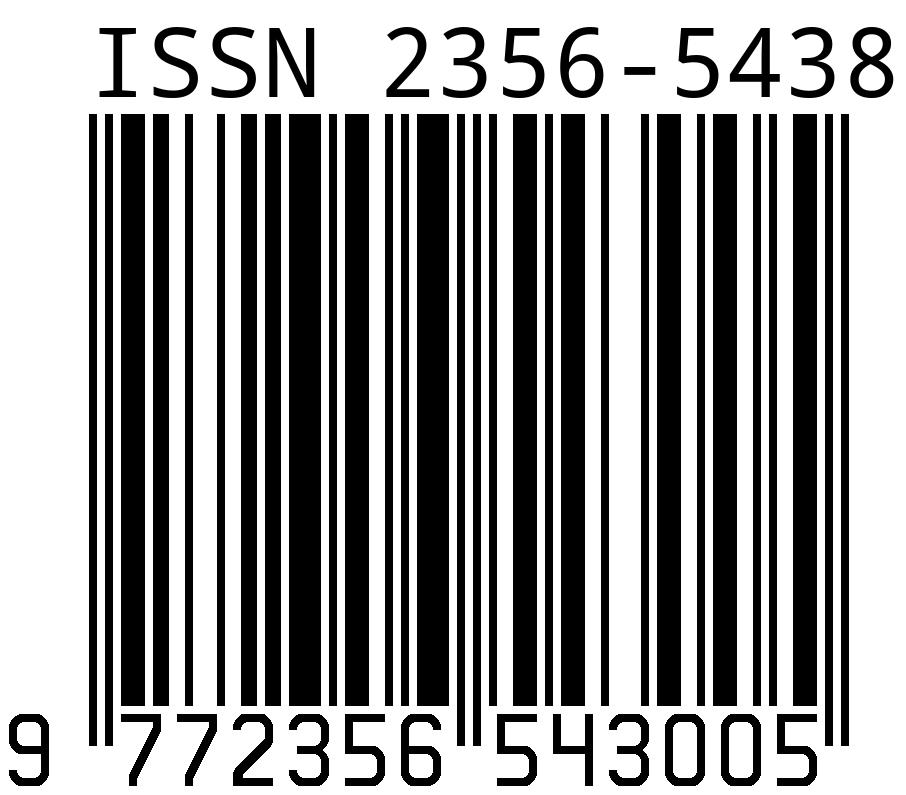DESIGN OF THERMAL CONDUCTING EQUIPMENT
Abstract
This research presents the design and manufacture of thermal conductivity test equipment using heat transfer techniques (steady state) with the ability to test materials at high temperatures. The design of this test equipment is an extension of the ASTM D5470-06 standard, where the same is used to calculate the surface temperature and heat transfer through the sample during the test, where at each reference rod point, 10 K-type thermocouples are embedded. The maximum heater power required by the reference rod with a heating time of 1 hour is 30.4 KW. This test tool uses 3 pieces of 500-Watt power, and Thermoelectric TEC1-12706 12 Volt 6 Ampere 40x40 mm, Heatsink, 12 Volt DC Fan 0.15Ampere 38x38 mm, to keep the test at a steady state. And the use of Thermal Paste to minimize thermal contact resistance. From the calculations, it can be seen that the faster the time needed to heat the reference rod will require greater heater power, and vice versa. For high temperatures, this tool can reach a test temperature of 100 ℃. This research was conducted to measure the thermal conductivity of stainless steel, iron, wood, rubber, and Styrofoam. After the measurement, the thermal conductivity of stainless steel was 15.14037 W / mK Reference 14.00 W / mK, iron 41.07 W / mK Reference 79.5 W / mK, wood 1.54 W / mK Reference 0.21 W / mK, rubber 0.6 Reference 0.2 W / mK, Styrofoam 0.062 W / mK Reference 0.095 W / mK. Thus, further research is needed on the method of measuring the thermal conductivity of metals by transient means.
Copyright (c) 2022 Iskandar, Parlindungan Lumban Batu

This work is licensed under a Creative Commons Attribution 4.0 International License.
All copyright for all articles belongs to the authors.














